From clouds to permafrost: the IPCC news is good and bad
With the world distracted by Covid, the trend in emissions has become clear. So what do the biggest emitters – China, the US, India and Russia – intend to do about it?
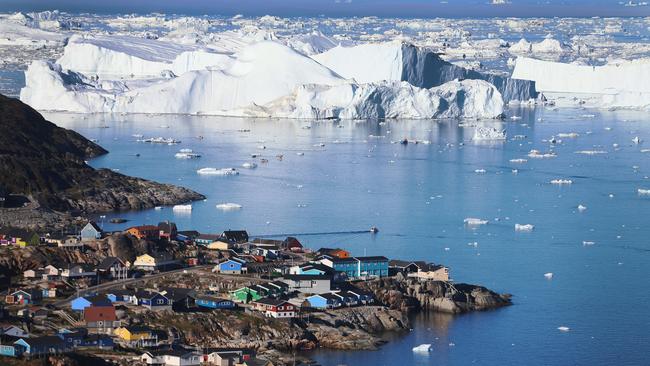
The world’s leading climate scientists say predicting the immediate future of the world’s climate is like walking a wayward dog. The path of the walker represents the human-induced warming, while the dog represents natural variability. It may be difficult to know where exactly the dog will be at any particular time, sometimes ahead of the walker and sometimes behind, but it is possible to say with precision where it will be when the walk is over – where the walker has led it.
As world leaders prepare to meet in Glasgow in November for what is expected to be a hard-fought meeting on climate change, the Intergovernmental Panel on Climate Change (IPCC) has released a major update on the state of climate change science. IPCC reports are released every seven years and involve hundreds of authors from around the world.
Findings in the new report will feed into frantic political discussions over what action is needed to limit future temperature rises and lessen the impacts already being documented of a warmer world.
In Australia, it will add to calls for the Morrison government to commit to net-zero emissions by 2050, a level scientists say if adopted globally will allow the world to avoid the most serious impacts of climate change.
But for the future of global emissions it is what the world’s biggest emissions nations – China, the United States, India and Russia – intend to do that matters most.
While the world has been distracted by the Covid-19 pandemic, the trend in emissions has become clear. Cuts to carbon dioxide emissions in the developed world are being swamped by increases in emissions from elsewhere, most notably China and Asia, where building new coal-fired power stations is still gathering pace.
Pledges made to the IPCC to cut emissions as part of the 2015 Paris Agreement are judged to be insufficient to meet the adopted target to limit warming to 2 degrees, let alone the more ambitious 1.5 degrees. And pledges that have been made are not being met.
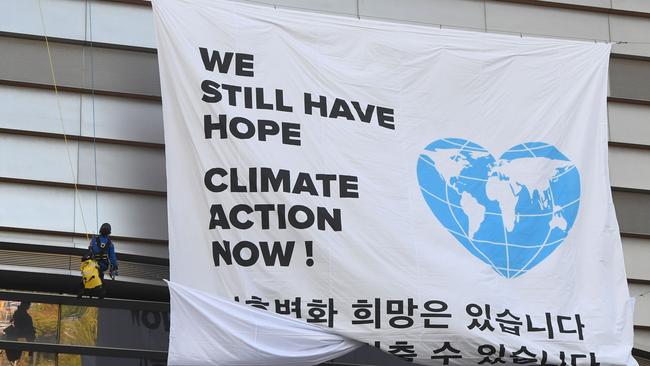
Much of the attention ahead of the release of the IPCC report has centred on when the world’s temperature will increase past 1.5C above pre-industrial levels.
CSIRO scientist and IPCC report lead author Pep Canadell says the 1.5 level will most likely be breached early next decade.
However, because global temperatures are analysed over a 20-year average, it will not be officially breached for many years after that.
Like everything to do with climate, the full picture only becomes clear over a long period of time.
The estimates in the IPCC report have wide parameters and there are a range of scenarios, each dependent on how much carbon dioxide is emitted into the future.

“One thing we are quite certain is warming is proceeding globally in a quite linear relationship with cumulative CO2 emissions,” Dr Canadell says.
To stabilise future warming at 1.5 degrees above pre-industrial levels it is estimated that the world can emit 500 billion tonnes of greenhouse gases, which is equal to 12 years at current rates of emissions.
The IPCC report says failure to do so will result in bigger impacts, some that will last for thousands of years.
Human influence on the climate is much clearer over a longer period of time.

A big reason for this is natural climate variability from things such as changes in solar activity, volcanic eruptions and natural cycles in the oceans.
The latest IPCC report says the history of recent warming must take account of natural variability and cooling factors such as the emission of particles into the air as well as the heating impact of CO2.
It says the likely range of total human-caused global surface temperature increase from 1850-1900 to 2010-2019 is 0.8C to 1.3C, with a best estimate of 1.07C.
The IPCC report estimates greenhouse gases contributed a warming of 1.0C to 2.0C, other human drivers (principally aerosols) contributed a cooling of 0.0C to 0.8C, natural drivers changed global surface temperature by – 0.1C to 0.1C, and internal variability changed it by minus – 0.2C to 0.2C.
The report puts forward a range of scenarios for what might happen next according to how much action is taken to curb future greenhouse gas emissions.
The IPCC’s best estimate of what will happen if carbon dioxide is allowed to double in the atmosphere is for warming of 3C above pre-industrial levels. The IPCC did not make a best estimate in its previous AR5 report released in 2014.
Looking ahead, the IPCC says that compared to 1850-1900, global surface temperature averaged over 2081-2100 is very likely to be higher by 1.0C to 1.8C under the very low GHG emissions scenario considered, by 2.1C to 3.5C in the intermediate scenario and by 3.3C to 5.7C under the very high GHG emissions scenario.
There is medium confidence that the last time global surface temperature was sustained at or above 2.5C higher than 1850-1900 was more than 3 million years ago.
There is a lot of discussion in the latest IPCC analysis about natural variability, the performance of new climate models and the increased scientific understanding of clouds.
The report says warming may be starting to influence some extremes such as heatwaves and high rainfall events but it rules out some more extreme predictions such as runaway warming from thawing permafrost.
The IPCC report says “human influence has likely increased the chance of compound extreme events since the 1950s”.
This includes increases in the frequency of concurrent heatwaves and droughts on the global scale (there is ‘high confidence’ in this aspect); fire weather in some regions of all inhabited continents (medium confidence); and compound flooding in some locations (medium confidence).
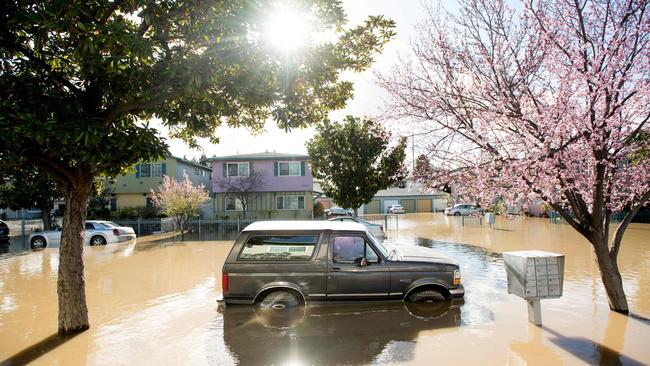
Models
The report says that while past warming is well simulated by the new generation models as a group, some individual models simulate past warming that is either below or above what is observed.
“The average of many models often compares better against observations than any individual model, since errors in representing detailed processes tend to cancel each other out in multi-model averages,” the report says.
“Unlike in previous assessments, climate models are not considered a line of evidence in their own right in the IPCC Sixth Assessment Report,” the IPCC says.
“It has been clear for decades that the Earth’s climate is changing, & the role of human influence on the climate system is undisputed,†said #IPCC Working Group I Co-Chair Valérie Masson-Delmotte on the #IPCC’s #ClimateReport, released today.
— IPCC (@IPCC_CH) August 9, 2021
Report âž¡ï¸ https://t.co/uU8bb4inBBpic.twitter.com/EG6YyAstdc
Extreme weather
The models are used for extreme weather attribution.
According to the IPCC, scientists cannot answer directly whether a particular event was caused by climate change, as extremes do occur naturally and any specific weather and climate event is the result of a complex mix of human and natural factors.
Instead, scientists use models to quantify the relative importance of human and natural influences on the magnitude and/or probability of specific extreme weather events.
Climate model simulations are often used to estimate the occurrence of a specific event in artificial worlds with and without additional human CO2.
The difference between the two scenarios is considered to represent the human influence.
The summary for policymakers of Assessment Report 6 says human influence has likely increased the chance of compound extreme events since the 1950s.
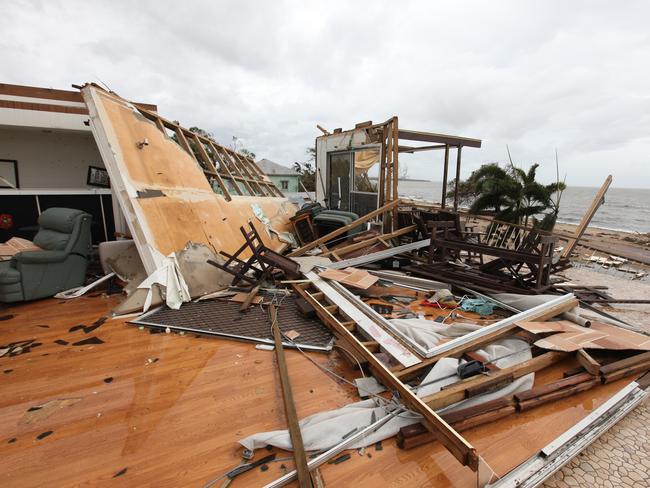
These include increases in the frequency and intensity of hot extremes, marine heatwaves and heavy precipitation, agricultural and ecological droughts in some regions, and the proportion of intense tropical cyclones, as well as reductions in Arctic sea ice, snow cover and permafrost.
The IPCC report says a warmer climate increases the amount and intensity of rainfall during wet events, and this is expected to amplify the severity of flooding.
However, the link between rainfall and flooding is complex, so while the most severe flooding events are expected to worsen, it says floods could become rarer in some regions.
Similarly, the effect of climate change on drought varies across regions. In the subtropical regions such as the Mediterranean, southern Africa, southwestern Australia and southwestern South America, as well as tropical Central America, western Africa and the Amazon Basin, precipitation is expected to decline as the world warms, increasing the possibility that drought will occur throughout the year.
There is low confidence in long-term trends in the frequency of all-category tropical cyclones.
But sea levels are expected to rise for hundreds of years regardless of any action taken today.
By 2100, sea levels are expected to rise relative to 1995-2014 by 0.28-0.55 metres under the very low GHG emissions scenario, 0.32-0.62 metres under the low GHG emissions scenario, 0.44-0.76 metres under the intermediate GHG emissions scenario, and 0.63-1.01 metres under the very high GHG emissions scenario.
There is high confidence that in the longer term, sea levels will rise for centuries to millennia due to continuing deep ocean warming and ice sheet melt, and will remain elevated for thousands of years.
“Stabilizing the climate will require strong, rapid, and sustained reductions in greenhouse gas emissions, and reaching #NetZero CO2 emissions." – Working Group I Co-Chair Panmao Zhai on findings from the #IPCC’s #ClimateReport, released today.
— IPCC (@IPCC_CH) August 9, 2021
âž¡ï¸ https://t.co/07lVptiIW2pic.twitter.com/e1bN0NE2AX
Clouds
One of the biggest challenges in climate science has been to predict how clouds will change in a warming world and whether those changes will amplify or partially offset the warming caused by increasing concentrations of greenhouse gases and other human activities.
Scientists say they have made significant progress over the past decade and are now more confident that changes in clouds will amplify, rather than offset, global warming in the future.
The amount of low clouds will reduce over the subtropical ocean, leading to less reflection of incoming solar energy, and the altitude of high clouds will rise, making them more prone to trapping outgoing energy; both processes have a warming effect.
In contrast, clouds in high latitudes will be increasingly made of water droplets rather than ice crystals.
This shift from fewer, larger ice crystals to smaller but more numerous water droplets will result in more of the incoming solar energy being reflected back to space and produce a cooling effect.
Better understanding of how clouds respond to warming has led to more confidence than before that future changes in clouds will, overall, cause additional warming (ie, by weakening the current cooling effect of clouds). This is called a positive net cloud feedback.
Permafrost
Some other feedback that it was feared could cause runaway global warming have been discounted.
This is the case with permafrost, which releases carbon dioxide as it thaws.
The IPCC says if significant areas of permafrost thaw as the climate warms, some of that carbon may be released into the atmosphere in the form of carbon dioxide or methane, resulting in additional warming.
Projections from models of permafrost ecosystems suggest that future permafrost thaw will lead to some additional warming – enough to be important, but not enough to lead to a “runaway warming” situation, where permafrost thaw leads to a dramatic, self-reinforcing acceleration of global warming.
The IPCC report says deliberate removal of carbon dioxide (CO2) from the atmosphere could reverse some aspects of climate change.
Some climate change trends, such as the increase in global surface temperature, would start to reverse within a few years. Other aspects of climate change would take decades or centuries to reverse, and some, such as sea level rise, would take centuries to millennia to change direction.
The message from scientists is there is still time to act.
Lead author Shayne McGregor, from Monash University, says the idea that once we get to 1.5 degrees it is some sort of cliff edge is not the case.
Dr Canadell says: “We are still in control of where we want to take the future of the planet.”


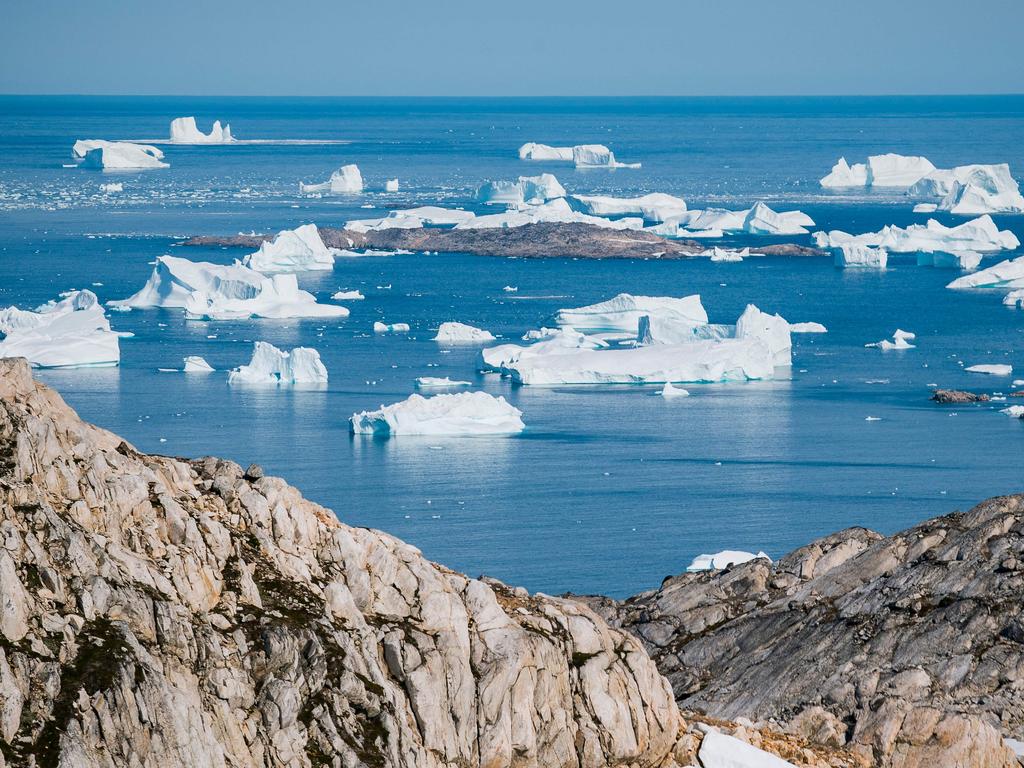


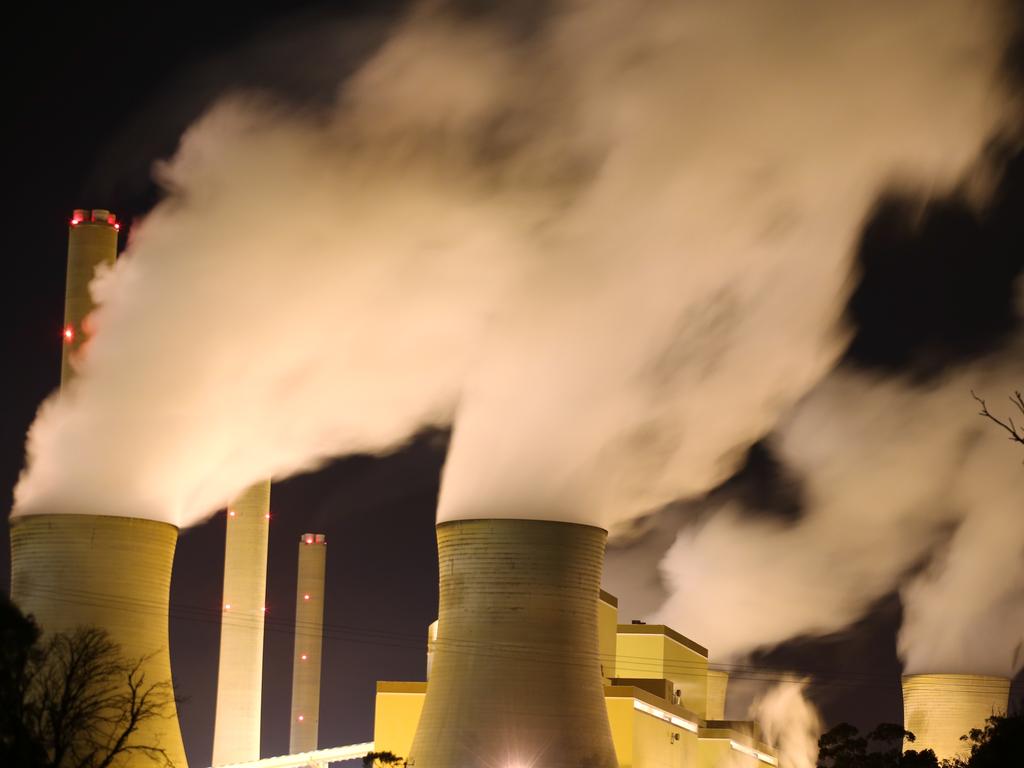
To join the conversation, please log in. Don't have an account? Register
Join the conversation, you are commenting as Logout